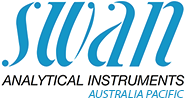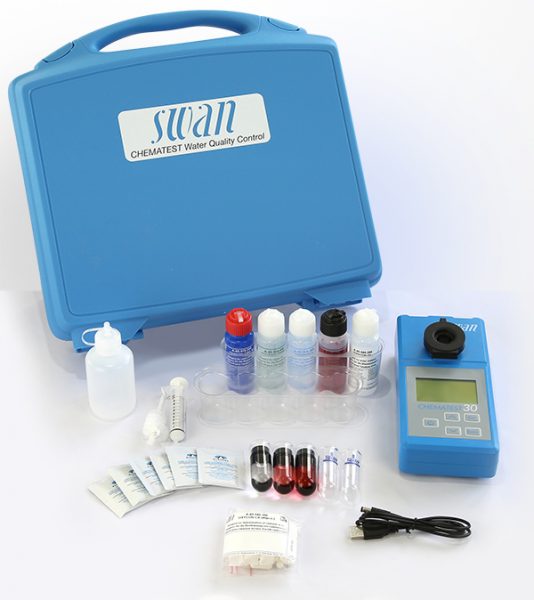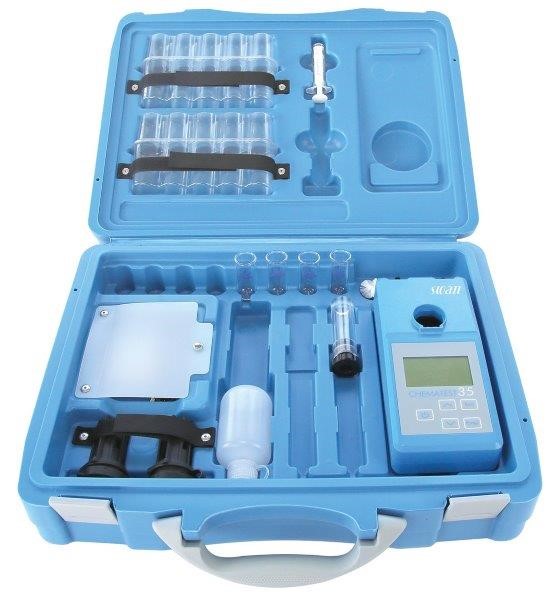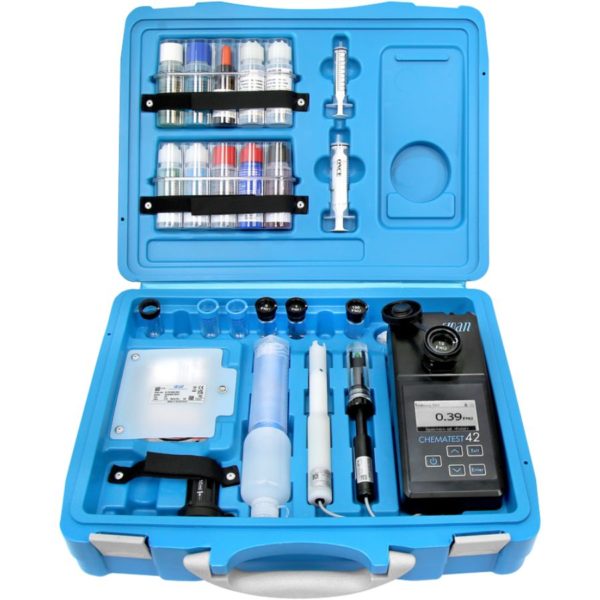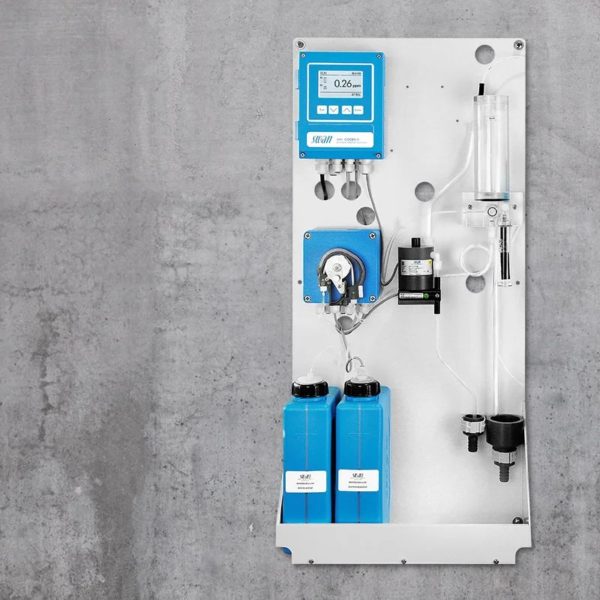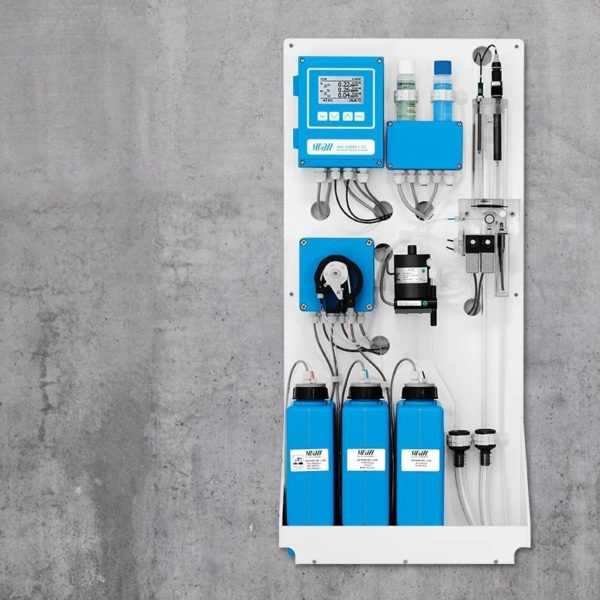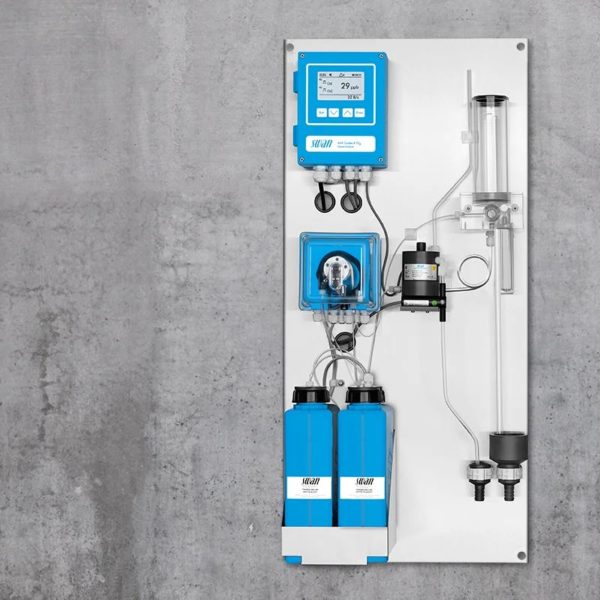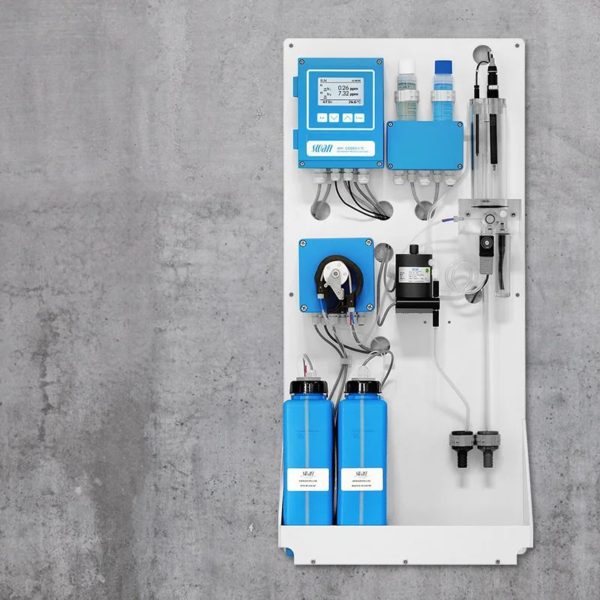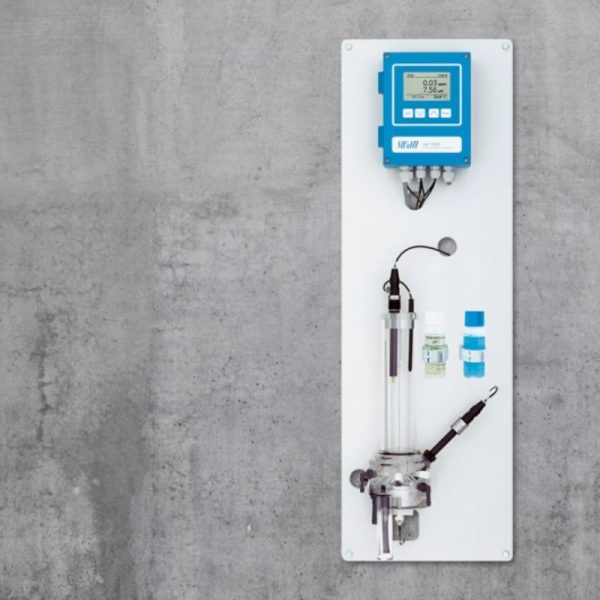What are Disinfectants?
Disinfectants, in the context of water treatment, are chemical or physical agents used to reduce or eliminate pathogenic microorganisms in water, ensuring it is safe for human consumption and use. The primary goal of disinfection in water treatment processes is to prevent waterborne diseases by inactivating pathogens that could pose health risks. Common disinfectants include chlorine and its compounds, ozone, ultraviolet (UV) light, and peracetic acid, each with its own mechanism of action against microorganisms. Chlorine, for example, is widely used for its strong oxidising properties that disrupt the vital functions of microbial cells. Ozone is a powerful oxidant that breaks down cell walls, leading to cell lysis. UV light inactivates microorganisms by damaging their DNA and preventing replication, while peracetic acid works by oxidising the cell membrane components. The selection of a disinfectant depends on various factors, including its efficacy against specific pathogens, the quality of the water being treated, and the potential for forming disinfection by-products (DBPs) that could have adverse health effects. Effective water treatment aims to achieve a balance between thorough disinfection and minimising the formation of harmful DBPs.
Monitoring Disinfectants in Water
Monitoring disinfectants in water is a critical component of ensuring public health and safety, given the widespread use of disinfectants across various fields to control microbial pathogens. The process involves rigorous and continuous oversight to maintain the balance between effective pathogen control and minimising the formation of disinfection byproducts (DBPs), which can arise when disinfectants react with naturally occurring materials in the water. According to the EPA, the Disinfectants and Disinfection Byproducts Rules underscore the importance of monitoring to safeguard against the potential risks posed by DBPs.
In response to these requirements, technological solutions like Swan online monitors have been developed. These systems are equipped with control functions tailored to meet the specific demands of different applications, ranging from public drinking water systems to healthcare facilities and industrial processes. For instance, the CDC emphasises the importance of adjusting the pH of water to ensure the efficacy of disinfectants, a parameter that can be continuously monitored and adjusted with such systems.
These sophisticated monitoring systems not only facilitate compliance with regulatory standards but also empower water treatment facilities to optimise disinfection processes, thereby ensuring the delivery of safe, clean water while mitigating the risks associated with DBPs. Through real-time data acquisition and control capabilities, such technologies play a pivotal role in the modern water treatment landscape, addressing both public health objectives and operational efficiency.
Amperometric Disinfectant Monitoring
The Monitor AMI Trides analyser offers reagent-free monitoring for a variety of disinfectants, including hypochlorous acid, free chlorine, chlorine dioxide, ozone, bromine, and iodine, utilising amperometric technology to ensure accurate disinfectant monitoring.
Photometric Disinfectant Monitoring
The Codes-II Series is designed for the continuous online determination of disinfectants, utilising the DPD colorimetric method as outlined in EN ISO 7393-2 and APHA 4500 Cl-G. For measurements under unknown conditions, particularly at a pH above 8.5, Swan recommends using a photometer.
Online Disinfectant Analysers
